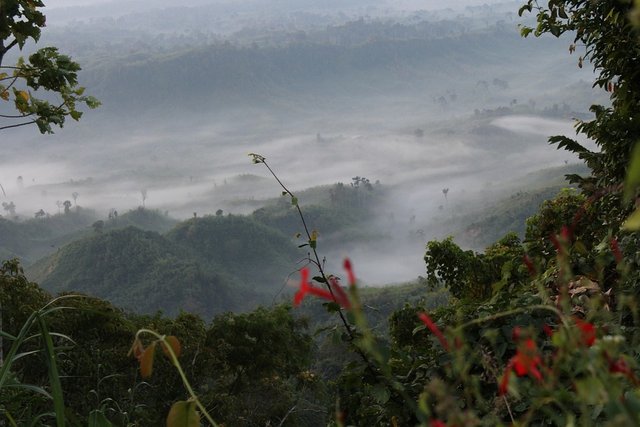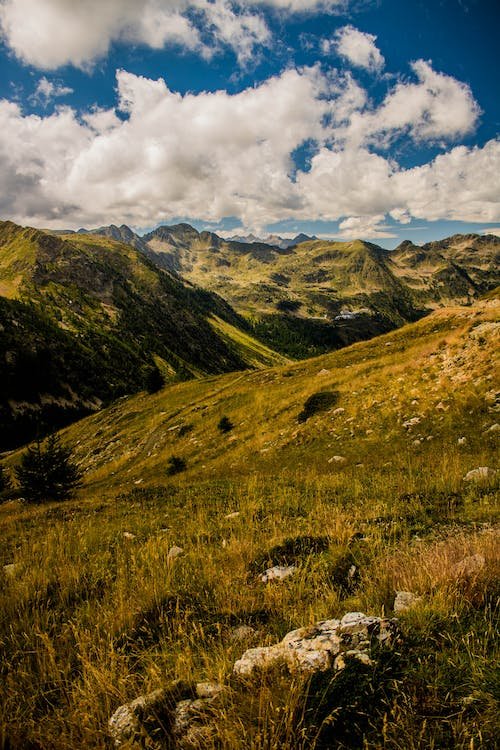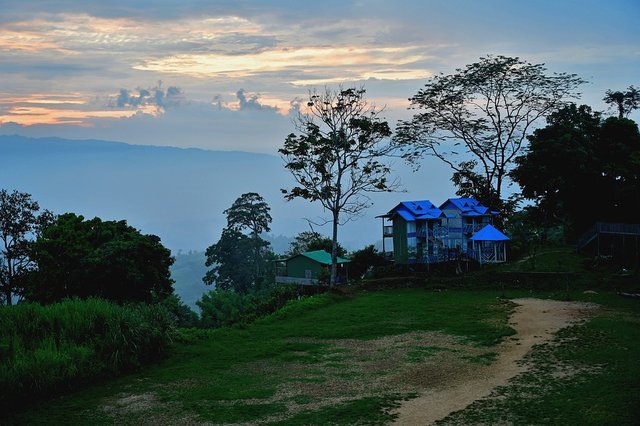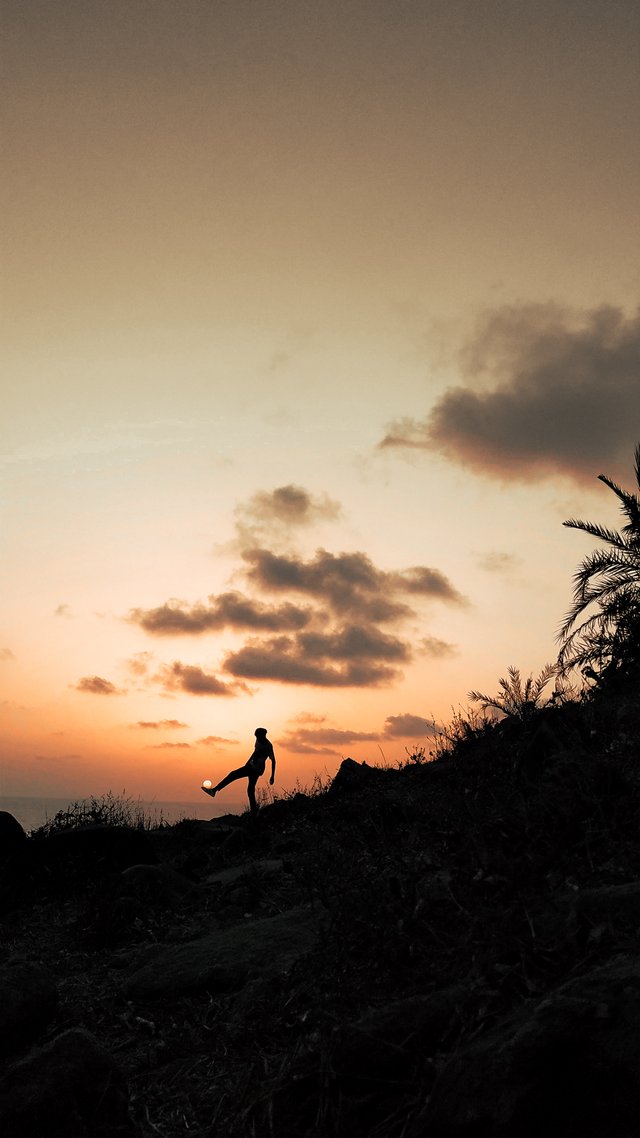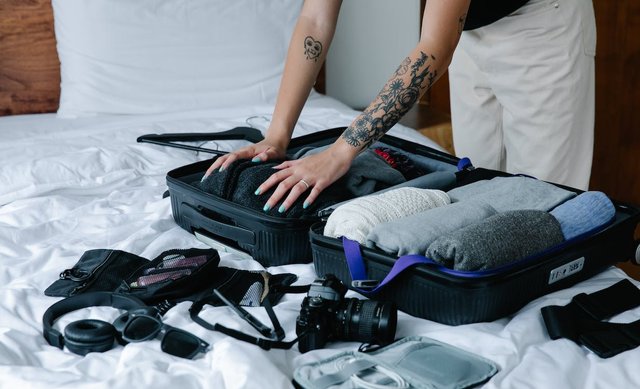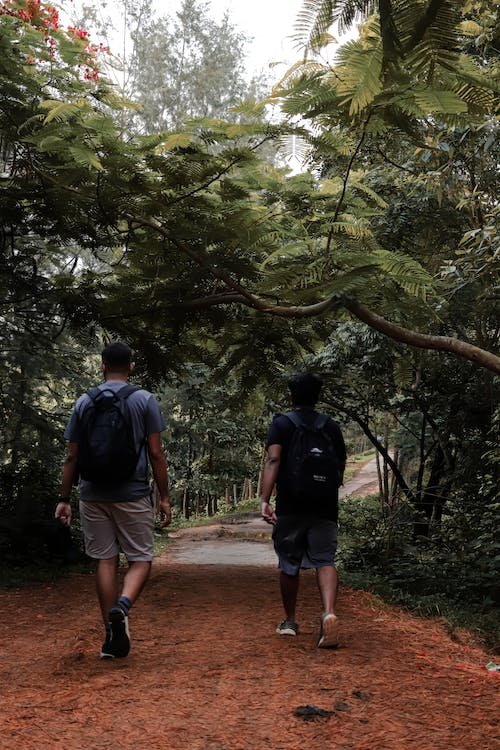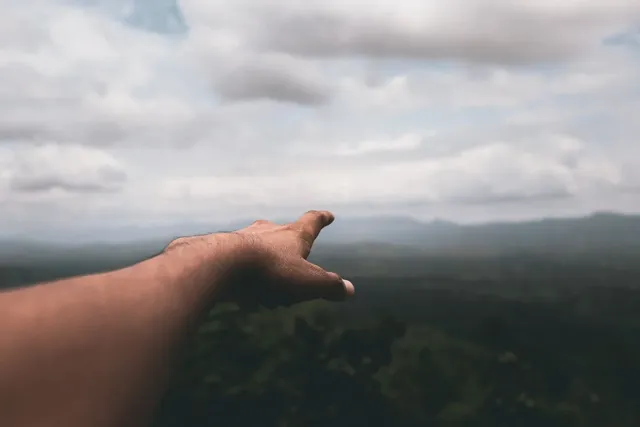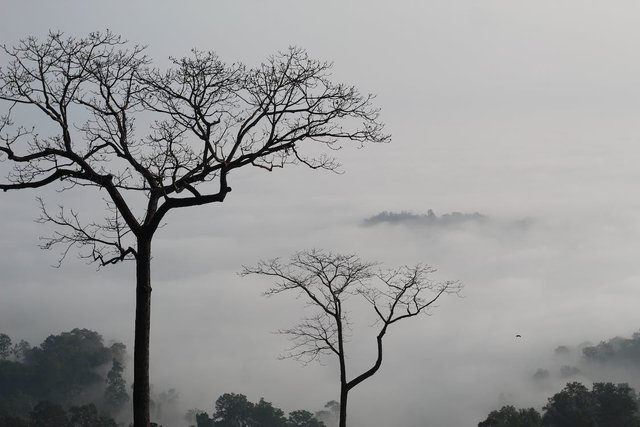Sajek Valley
Travelers prefer Sajek Valley. Sajek, Bangladesh's biggest union, is in Rangamati's Baghaichhari Upazila, one thousand eight hundred feet above sea level. Due to geography, Dighinala in Khagrachari can easily reach Sajek in the Rangamati district. Dighinala is 40 kilometres from Sajek and Khagrachari 70 km.
The beauty of Sajek Valley
Tell me about the feeling of going to Sajek for the first time. Only then will you understand how Sajek is and how much its beauty is? First time I went to Sajek with CNG from Khagrachari, three together. The sky is quite cloudy. The vision will not capture the distant mountains and the sky's blue. As Dighinala went, nature changed its mood. The clouds disappeared, and the sky came down in blue! As if that mountain will touch me and me!
The trees welcomed me with the dance of their leaves! The big rows of grass on both sides are like a green carpet all over the road. The carefree chirping of birds is like a hypnotic swoon of music. And the small and medium hills near and far compete with each other.
That Sajek! Such a cloudless clear blue sky has never been seen before! I can't count how many pictures I took. Selfie with sky and sky only! Sajek is so beautiful.
Sajek itinerary
You may appreciate Sajek's beauty if you have time, weekends, and can remain for two to three days without commuting. Soft morning, relaxing afternoon, decadent afternoon, colorful evening, and magnificent night looks.
Khagrachari is only accessible by bus. Take a moon car or CNG from Khagrachari to Dighinala in time with Army Scott to see the lovely Sajek Valley 85 kilometers distant.
Packing for the trip
What to pack depends on who you're with, how long you stay, and how much you want to photograph and carry luggage. However, you must bring specific items that cannot be replaced. Your medication, dry food, saline, water bottle, and first aid (must be carried in the highlands).
Bring your lungi, towel, cap or hat cap if you wish to hike, sunscreen, chocolate, gum, sunglasses, and essential and desirable clothes, and you can carry them. A blanket is handy at night or when sitting on grass or dirt.
Tour Sajek
Plan a four-to-five-day visit omitting weekends to appreciate Sajek's beautiful nature thoroughly.
Sajek's shower
No shower. To and from Sajek, it will rain. Sajek has a little spring downhill. Only monsoon water is there. Disappointment is possible. Before visiting Sajek, visit Khagrachari's Richhang waterfall.
a mountain
Mountain Valley Sajek. Sajek's beautiful mountains are its primary draw. The mountaintop is a vast plain! Our misty green hills and Mizoram's azure hills are visible. Mountain lovers will remember Sajek's form.
Cloud game
Cloud game Sajek is unique—especially during monsoon and fall. Even in winter, the mountains shrouded in cloud sheets are noteworthy for their cloud play, shifting colors, and sensation of being there or not. You may return to view, touch, get lost, bathe, and float in the clouds. Sajek sometimes feels like a cloud kingdom.
When to visit Sajek
Sajek is too beautiful to restrict travel time. It's unique year-round. Seasonal forms vary. In winter, attractiveness is distinct in the rainy season, summer, and spring. Choose any season to visit, Sajek.
Hire
Once, the Khagrachari-Sajek trip cost 4 thousand takas. CNG from Khagrachari to Sajek is possible if there are few passengers. It's now 6–10,000 taka, depending on the day. Except during holidays, it can be lowered midweek.
Hotel rent
Sajek's hotel rent is sensitive. 100 taka used to dress. It was real, even though it seems unreal now. Hotels still cost 2–5,000 taka per day. Room rent might exceed 10,000 takes. However, rent does not follow any rules or humanity during Eid or other long holidays.
a glance
Pre-book hotel.
First-timers should hire a guide.
Take your time so you may stay another day. Avoid regret.
Security requires Army or BGB help.
Bring essentials. It's riskier.
What not to do? Remember, Saje has residents. They're natives. Culture is theirs. Don't dismiss that culture.
Avoid environmental damage. Don't litter your plastic items. Dispose of plastics at approved sites.
Avoid inaccessible regions without a guide.
.jpg)
